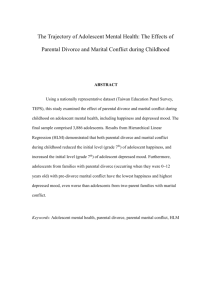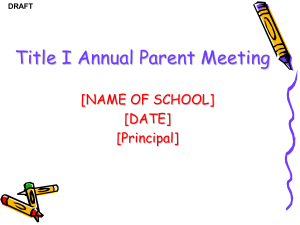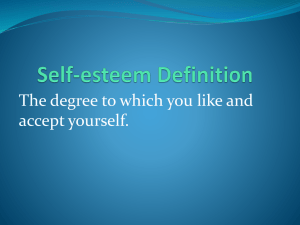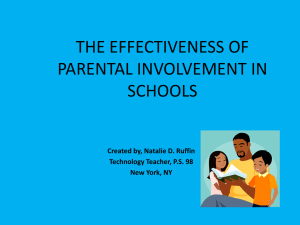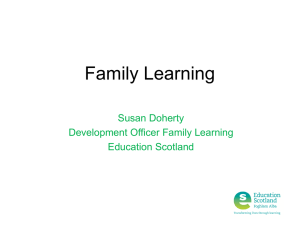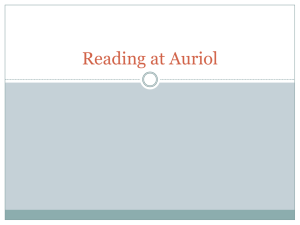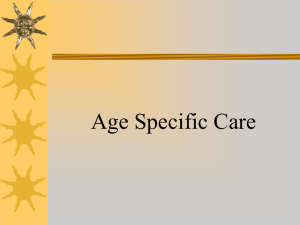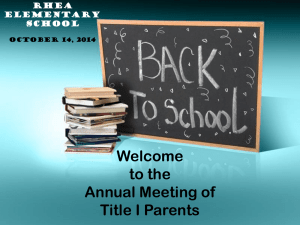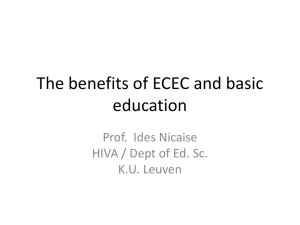Adolescent Substance Abuse
advertisement
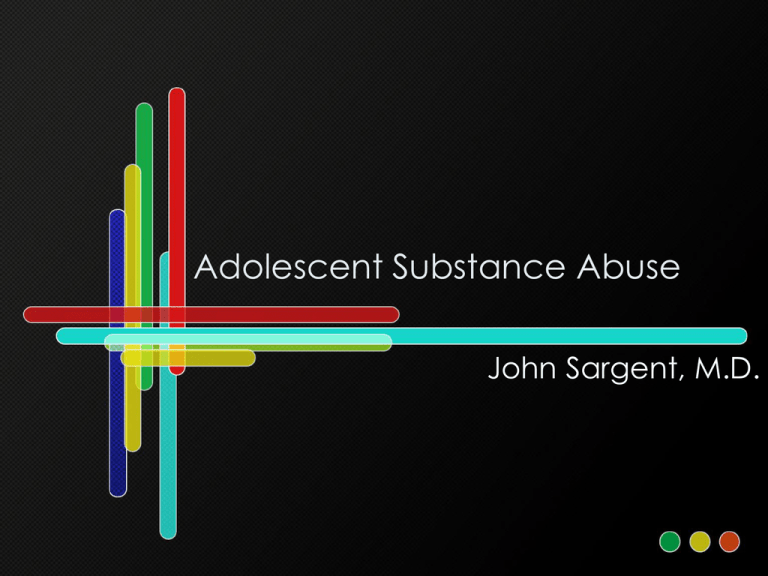
Adolescent Substance Abuse John Sargent, M.D. • Learning Objectives: • 1)Learn features associated with substance abuse in adolescents. • 2) Learn a clinical approach to treating substance abusing adolescents and their families Current Massachusetts Data (within last month) • Alcohol use 40% • Binge drinking 40% • Marijuana use 16% • Cigarette use 35%, regular use 20% (from Kids Count, Casey Foln) • Adolescents because of immaturity of impulse control and judgment are especially prone to experimentation with drug & alcohol use • Novelty seeking, poor parental supervision and peer involvement further reinforce use • Adolescent autonomy and freedom offer opportunities for use • Teens with ADHD, Conduct Disorder, Trauma history and school failure are especially at risk • Situations with limited opportunity, easy access to drugs, routine family and community use amplify use Specific risks of drug use: • Binge Drinking • Inexperience coupled with impulsivity • Secondary problem – unwanted sexual behavior, rape • Disinhibition • Driving while intoxicated • Addiction with associated withdrawal is rare in adolescence, however other consequences are common – poor school performance, family conflict and legal difficulties • Drug use is indicative of a healthcompromising lifestyle • Drug use is a choice, something that one willfully does for definable reasons • Parents are important throughout adolescence • When teens are using drugs a great deal, there are consequences that are upsetting to them • Some drug use is normal Assessment • Substance Use History • Drugs used • Frequency of use • Places used • Type of use: impulsive, planned, measured • Goals of use of each drug • Progression of use Consequences of Use • Costs • Drug influenced behaviors • Arrests • School failure • Peer relations • Pregnancy • Erratic and unreliable behavior • Lying • Irritability, argumentativeness, relationship problems Mental Health Co morbidities • • • • Depression Anxiety Post trauma difficulties Sequellae of childhood maltreatment • • • • ADHD Bipolar Disorder Adolescent schizophrenia Eating disorders, especially bulimia Family Situation and Relationships • Socioeconomic concerns • Parental mental health concerns, especially mood disorders • Parental substance use • Parenting style especially supervision and monitoring • Parental response to drug use • Marital or post divorce conflict • Parental preoccupation • Be sure to assess strengths, capacities, interests and possibilities Approach to Treatment • Motivation is malleable • Relationships critical • Treatment individualized • Planning and flexibility operate together Domains of adolescent function • Identify development/support autonomy linked with responsibility • Peers • Bonding to prosocial institutions • Racial/cultural issues • Health/sexuality • Drug use • Look for impairments in 2 or more domains • Look for development detouring effects • Multiple approaches • Multiple targets • Multiple interventions Treatment involves… • Development • Preventing problem behavior • Therapy – Individual – Family • Treatment parameters time, space, frequency, etc • Motivational interviewing can be very useful in helping youth appreciate consequences of drug use and deciding if drug use furthers their personal goals Attend to Risk: • Economic Deprivation • Parental Difficulty • Family Conflict • Poor parental management • Poor conflict resolution • Frustration – relief through disconnect with child • Family primary location for child treatment • Buffers negative peer environment • Goal interdependence • Engagement of parents – – hopeful, enthusiastic and realistic question denial • Offer respectful interest in teen – – – especially attentive to strengths and interests quiet concern about problems that have been drug related offer opportunity to join treatment team • Develop drug free expectation – – – – – rules monitoring consequences reparations parental collaboration • Decide how to deal with crises – – – – – suicide intoxication arrest school responses peer difficulties • Promoting positive family interaction – – – conflict resolution supportive engagement hope for sober outcomes – – – – addressing family conflicts openly constructive not punitive reinforcing drug free activities enhancing communication • Encouraging adolescent voice and goals – individual sessions • Dealing with relapses – harm reduction • Encouraging engagement with mutual support organizations and drug treatment programs • Engage family in treatment of – – co morbid problems in child Co morbid problems in parent Prevention efforts: • Enhancement of academic opportunities • Provide treatment for co morbid problems • Engage families in shared activities • Provide after school opportunities – activities, sports, jobs • Target especially at risk teens • Build drug-free recreation experiences Resources • Schools • Jobs • Prosocial Support • Activities • Medical • Other Goals • Build a therapeutic alliance with the adolescent • Create a collaborative agenda • Establish a developmental – ecological framework of treatment • Improve functioning in several developmental domains • Transform a drug – using lifestyle into a developmentally normal lifestyle • Facilitate developmentally adaptive competence in multiple settings • Build a therapeutic alliance with a parent • Create a collaborative agenda • Establish a developmental – ecological framework • Facilitate parental commitment • Prevent parental abdication • Facilitate an improved relationship or improved communication between the parent and adolescent • Increase knowledge about and effectiveness of parenting practices (e.g. limit setting, monitoring, appropriate autonomy granting)

